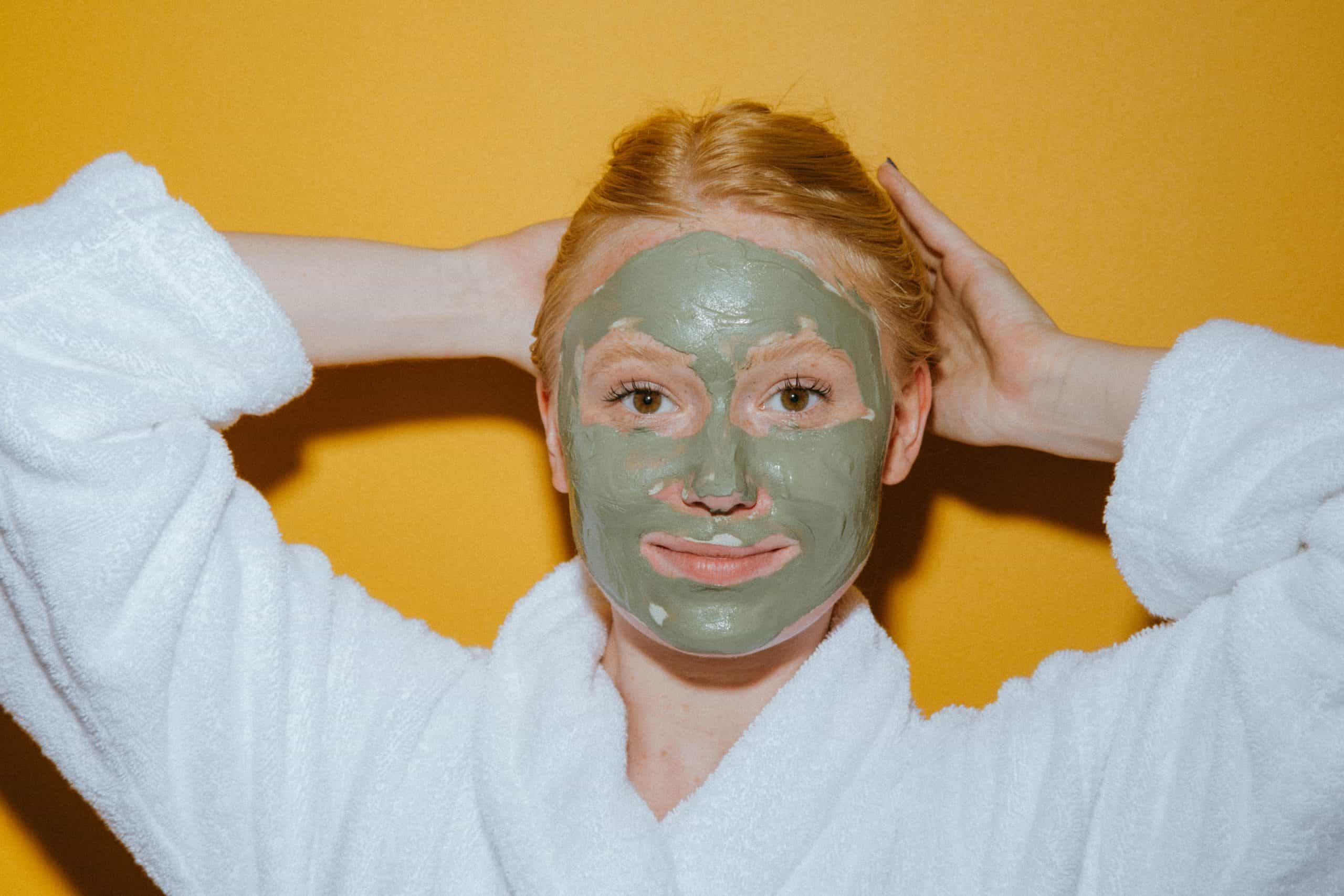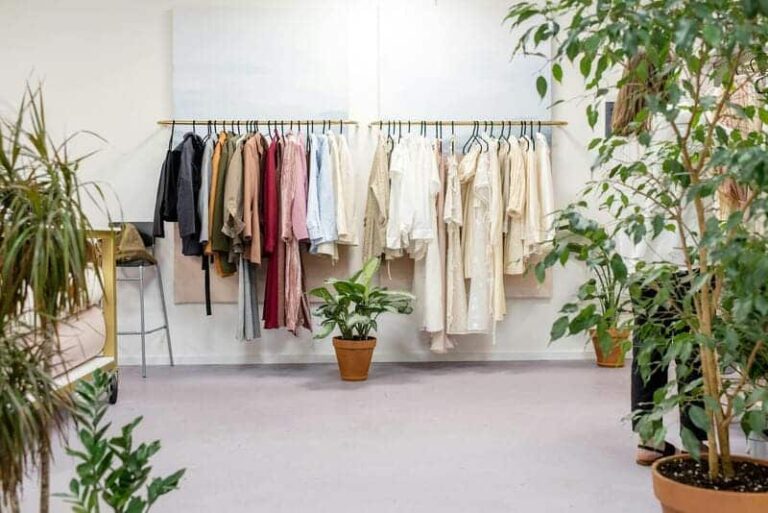7 Common Fall Beauty Myths Debunked
Let’s be real about fall beauty myths. The beauty world is a jungle of questionable advice. Your grandma swears by toothpaste on pimples, TikTok is screaming about some new “beauty myths” every five seconds, and your favorite magazine from 2005 gave you tips that are now considered cardinal sins. It’s enough to make anyone want to throw their entire skincare collection out the window.
Frankly, it’s exhausting trying to figure out what actually works and what’s just old beauty myths that refuse to die. So, let’s cut through the noise. I’m here to put on my beauty myths-busting gear and tackle some of the most persistent beauty myths that are probably messing up your routine. Prepare to have your mind blown—or at least, save some money on products you don’t need.
Can You Really Shrink Your Pores?
Let’s start with a classic one of the beauty myths. Every other product on the shelf promises to “shrink,” “minimize,” or “erase” your pores. It sounds amazing, right? A perfectly smooth, poreless canvas. The bad news? It’s a total lie.
Sorry to be the bearer of bad news, but pore size is determined by genetics. You can’t actually make them smaller. It’s like trying to change your height by wishing really hard. What you can do is make them appear smaller. Pores look larger when they’re clogged with oil, dead skin, and other gunk. So, regular cleansing and exfoliation with ingredients like salicylic acid can clear them out, making them less noticeable. Think of it as a deep clean for your face, not plastic surgery in a bottle.
Does Oily Skin Even Need Moisturizer?

This is one of the beauty myths that feels personal. If you’ve got an oil slick for a face by noon, the last thing you want to do is slather on more moisture, right? It seems counterintuitive, like fighting fire with more fire. But here’s the gag: stripping your skin of its natural oils by skipping moisturizer can actually make things worse.
When your skin gets dehydrated, it panics and goes into overdrive, producing even more oil to compensate. It’s a vicious cycle. The key is to find the right moisturizer. Look for lightweight, oil-free, non-comedogenic formulas. Your thirsty-yet-oily skin will thank you, and you might just find your face becomes less of a grease trap.
Is Shaving Going to Make Your Hair Grow Back Thicker?
Ah, the myth that has terrified generations of women into avoiding razors on any part of their body except their legs. We’ve all heard it: shave your arm/face/whatever, and you’ll be cursed with the beard of a lumberjack.
Let’s put this one to bed for good. Shaving does not, I repeat, does not change the thickness, color, or growth rate of your hair. When you shave, you’re cutting the hair at the surface, which leaves a blunt edge. As it grows out, this blunt tip can feel coarser or look darker, but the hair follicle itself is completely unaffected. It’s the same old hair, just with a bad haircut.
Are Expensive Beauty Products Always Better?
The allure of a $200 face cream is strong. The packaging is gorgeous, the marketing is seductive, and surely if it costs that much, it must contain unicorn tears and the secret to eternal youth, right? Not necessarily.
While some high-end products contain premium, well-researched ingredients that justify the price, many times you’re just paying for the brand name, fancy packaging, and marketing budget. The truth is, there are tons of affordable, drugstore products that are just as effective, if not more so. The secret is to look at the ingredients list, not the price tag. A well-formulated $20 serum can often outperform its ridiculously expensive cousin.
Do You Need Sunscreen on Cloudy Days?

It’s grey and miserable outside. You can’t even see the sun. You’re safe from its fiery wrath, right? Wrong. So, so wrong. Up to 80% of the sun’s UV rays can penetrate through clouds. This means you’re still getting hit with that skin-damaging radiation, even when it looks like the sky is about to end. UV exposure is the number one cause of premature aging—we’re talking wrinkles, fine lines, and dark spots. So, unless you want to look like a leather handbag by the time you’re 40, stop believing beauty myths and wear your sunscreen. Every. Single. Day. No excuses.
Can Chocolate and Greasy Food Cause Acne?
This is the ultimate blame game. You wake up with a massive pimple on your chin and immediately flash back to that pizza and chocolate bar you devoured last night. It has to be the culprit!
Well, probably not. While a healthy diet is great for your overall health (and by extension, your skin), dermatologists have largely debunked the direct link between eating specific greasy foods and getting breakouts. For most people, acne is caused by a mix of hormones, genetics, and bacteria. Now, some studies suggest a link between high-glycemic foods (sugary stuff) and acne, but that one slice of pizza isn’t your mortal enemy.
Is It True You Can Repair Split Ends?
You see the ads all the time: a magical serum or conditioner that promises to “mend” and “repair” your sad, split ends. They show a sad, frayed hair strand miraculously fusing back together. It’s a beautiful fantasy.
And a fantasy is all it is. Once a hair strand is split, there is no glue in the world that can permanently stick it back together. Products marketed for split ends can temporarily smooth the hair cuticle and make the damage less obvious, but it’s a cosmetic fix. The only real cure for split ends is a good old-fashioned haircut, and not some old beauty myths. Trim them off and start fresh.
The Bottom Line
Don’t let these fall beauty myths keep you from looking and feeling your best this season. With the right knowledge, you can protect your skin, hair, and overall glow no matter the weather. Embrace the crisp air with confidence, knowing the truth is on your side, dismissing the beauty myths.






